Select an Orthopaedic Specialty and Learn More
Use our specialty filter and search function to find information about specific orthopaedic conditions, treatments, anatomy, and more, quickly and easily.
GET THE HURT! APP FOR FREE INJURY ADVICE IN MINUTES
Shoreline Orthopaedics and the HURT! app have partnered to give you virtual access to a network of orthopaedic specialists, ready to offer guidance for injuries and ongoing bone or joint problems, 24/7/365.
Browse Specialties
-
- Foot & Ankle
- Fractures, Sprains & Strains
- Podiatry
- Sports Medicine
Ankle Sprain
When a ligament is forced to stretch beyond its normal range, a sprain occurs. A severe sprain causes actual tearing of the elastic fibers of the ligament. A sprained ankle is a very common injury that produces pain and swelling.
More Info -
- Minimally Invasive Surgery (Arthroscopy)
Arthroscopy (Minimally Invasive Surgery)
Arthroscopy is a minimally invasive surgical procedure used by orthopaedic surgeons to visualize, diagnose, and treat problems inside the joint. Because it requires only tiny incisions, arthroscopy can be performed without a major, invasive operation and many procedures can be done on an outpatient basis.
More Info -
- Diagnostics & Durable Medical Equipment (DME)
Digital X-Ray, On Site
Computed radiography, or digital X-ray, is an advanced technology that streamlines the X-ray process and enables Shoreline Orthopaedics to provide each patient with superior, prompt treatment based on the most accurate, efficient diagnosis.
More Info -
- Foot & Ankle
- Podiatry
Equinus
When the ankle joint lacks flexibility and upward, toes-to-shin movement of the foot (dorsiflexion) is limited, the condition is called equinus. Equinus is a result of tightness in the Achilles tendon or calf muscles (the soleus muscle and/or gastrocnemius muscle) and it may be either congenital or acquired. This condition is found equally in men and women, and it can occur in one foot, or both.
More Info -
- Hand & Wrist
- Joint Disorders
Ganglion Cyst
A ganglion cyst is a fluid-filled mass or lump. Although they can develop in various locations, the most common location is on the back of the wrist. Ganglion cysts are not cancerous. In most cases, ganglion cysts are harmless and do not require treatment. If, however, the cyst becomes painful, interferes with function, or has an unacceptable appearance, several treatment options are available.
More Info -
- Arthritis
- Joint Disorders
- Knee
- Physical Medicine & Rehabilitation (PM&R)
Knee Arthritis
The knee is one of the most commonly involved joints with arthritis. Arthritis is the loss of the normal protective cartilage that covers the bones. When this cartilage or “padding” of the bone breaks down and is lost, areas of raw bone become exposed and grind against each other with standing and walking. This is “bone on bone” arthritis and is usually painful.
More Info -
- Fractures, Sprains & Strains
- Ligament Disorders
- Muscle Disorders
- Neck and Back (Spine)
Low Back Pain
The most common causes of lower back pain are strains and sprains to the muscles, tendons or ligaments of the low back, ranging from simple overstretching injuries to partial or complete tears. the muscles surrounding the injured area typically become inflamed, causing back spasms that result in severe lower back pain and difficulty moving.
More Info -
- Joint Disorders
- Knee
- Sports Medicine
Meniscal Tears
Meniscal tears are among the most common knee injuries. When tearing a meniscus, you may hear a “popping” noise. Most people can still walk on the injured knee, and athletes often continue to play immediately following a tear. However, without proper treatment, a piece of meniscus may come loose and drift into the joint, worsening symptoms.
More Info -
- Foot & Ankle
- Podiatry
Morton’s Neuroma
Morton’s neuroma is not actually a tumor—it is a thickening of the tissue that surrounds the digital nerve leading to the toes. Morton’s neuroma most frequently develops between the third and fourth toes, and occurs where the nerve passes under the ligament connecting the toe bones (metatarsals) in the forefoot.
More Info -
- Joint Disorders
- Joint Replacement & Revision
- Shoulder
Shoulder Replacement
In shoulder replacement surgery, the damaged parts of the shoulder are removed and replaced with artificial components, called prosthesis. Options include replacement of only the ball (head of the humerus bone), or replacement of both the ball and the socket (glenoid).
More Info -
- Sports Medicine
Sports Medicine Overview
Sports medicine is a specialty within orthopaedics that treats injuries to bones, joints, cartilage, tendons, ligaments, and muscles. Many of these injuries are sustained during athletic activity, but not all people who experience these injuries are competitive athletes. Therefore, we will develop a treatment plan that makes most sense for each individual.
More Info






